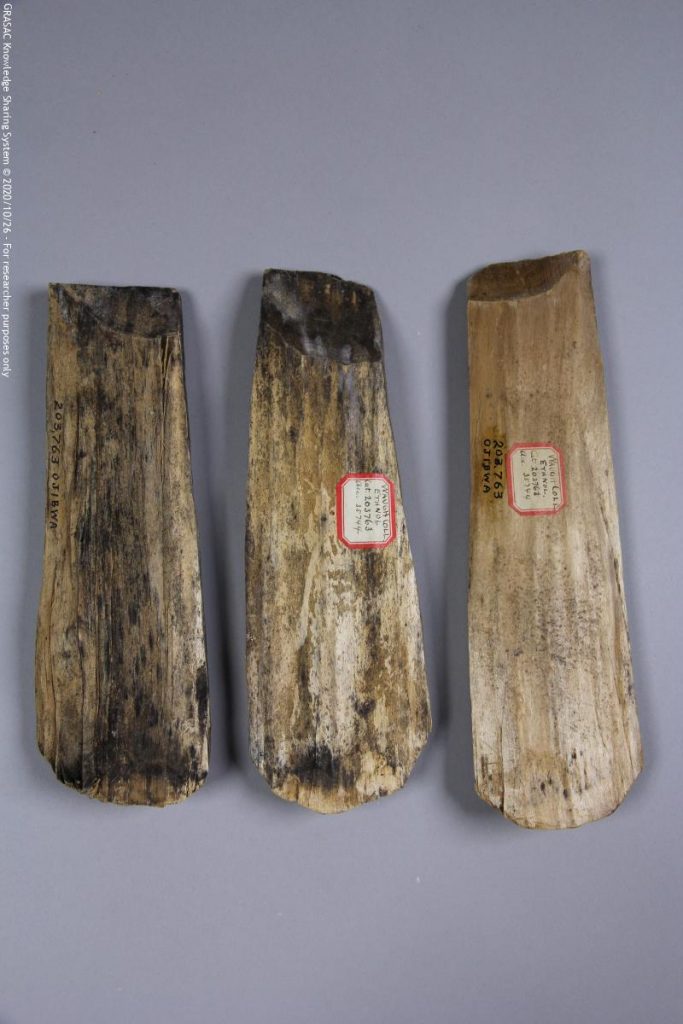by Chantelle Perreault

As an intern for GRASAC, I have been working as part of a team with fellow interns Olivia White and Kelisha Peters, under the supervision of Dr. Cara Krmpotich. As part of our work, we have been looking into methods of re-presenting the online GKS database in order to better centre Indigenous knowledge practices and values such as relationality.
Presently, we are working towards creating a polyhierarchical system – a method which allows for multiple points of entry when searching for items within the database. Within a polyhierarchy system there are no points of entry which are dominant over others; rather, they are relational and interconnected. We are inspired by the Mashantucket Pequot Museum and Research Centre, who use this approach at their museum.
This approach is similar to the Medicine Wheel pedagogy, and our team has started our conceptualisation by focusing on seasonality, directionality and water systems, and stages of life.
Entry points such as seasonality provide various ways to consider an item within the GKS. Seasonality can be related to an item’s use, material, design, and time of construction. Consider the Anishinaabe container pictured above (GKS record #45091): in conversation with Harbor Springs artists, we learned the material used to make this item is etched birchbark, which is often collected just after the snow has melted, around the same time that maple syrup is tapped. Approaching heritage items through seasonality has the ability to create relational connections and alter the way we think about items beyond just their practical use. Approaching knowledge seasonally, this item could be put into relation with other heritage items such as the Anishinaabe spouts pictured below, used for collecting maple sap from trees (GKS #25808), and the Anishinaabe pot hooks used for holding maple sap kettles, shown at the end of this article (GKS #27166).

Within a polyhierarchical system, heritage items are not bound to only one category. This Anishinaabe container may fall into one or multiple categories within seasonality, as well as being connected to places and stage of life. The goal is to create a searchable database with multiple points of entry where both its organisation and the content enact Indigenous knowledge systems.
We are thankful to the GRASAC members who have had early conversations with us about the potential of a polyhierarchy approach, and in particular ideas about seasons, directionality, and waterways. Miigwetch, Nya:weh Alan Corbiere, Kevin White, Renée Wasson Dillard, Yvonne Walker Keshick, Mikinaak Migwans, Heather Howard, Jenna Wood.
We are still learning! If you have knowledge and ideas about seasons and material heritage you’d like to share with us for our planning, please email cara.krmpotich@utoronto.ca to set up a time to talk.

